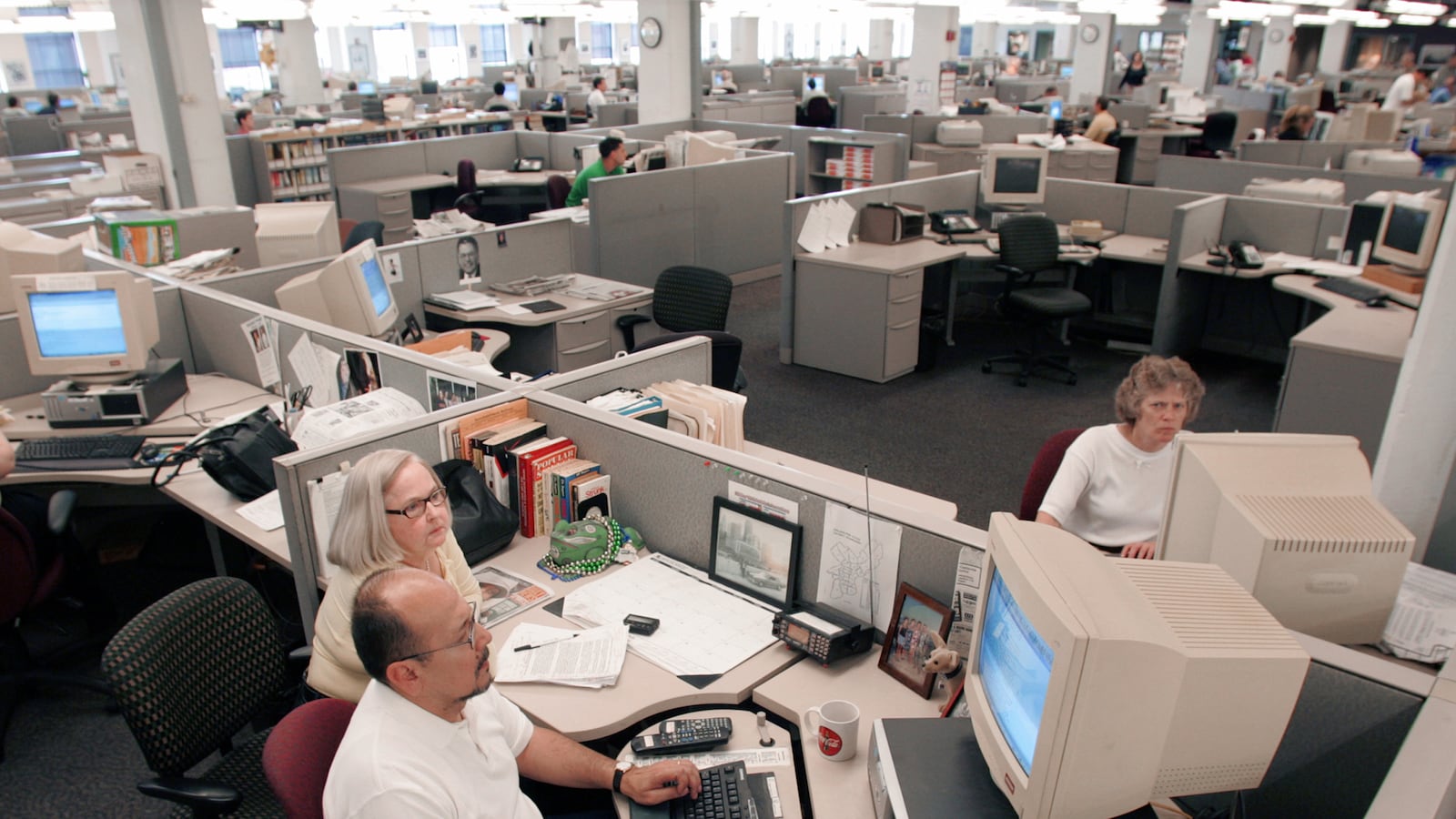Since the 1960s, journalism has focused on the need for diversity in the newsroom. The urgency was highlighted by the dominance of white journalists covering the civil-rights movement and the lack of African-American reporters and editors at the nation’s most powerful media institutions.

Why does diversity improve the quality of journalism? In 2003, when the scandal involving young African-American New York Times journalist Jayson Blair erupted, it prompted a renewed discussion of diversity. Nieman fellow Bryan Moore made the case in a piece for the Nieman Reports: “Too many newspapers still cannot fully cover the richness and complexity of their communities because their staffs come from a limited perspective.” Moore, who was VP of the National Association of Black Journalists, went on to write, “We are unable to regularly listen to those in the shadows and too often incapable of hearing voices different from our own. We, therefore, are telling our readers an incomplete, inaccurate story. And, in the process, we are practicing bad journalism.”
In Timothy Crouse’s great portrait of the 1972 presidential press corps, The Boys on the Bus, he defined the conditions that produced the disappointing predictability of pack journalism. "If there was a consensus," he writes, "it was simply because all the national political reporters lived in Washington, saw the same people, used the same sources, belonged to the same background groups, and swore by the same omens. They arrived at their answers just as independently as a class of honest seventh-graders using the same geometry text—they did not have to cheat off each other to come up with the same answer.”
But even in the world Crouse described, there was still some surprising ideological, economic, and cultural diversity. Yes, most were white males, but you had the conservative Robert Novak; the ultimate professional Walter Mears of AP, who loathed the use of cheap political labels; Korean War vet Haynes Johnson; and the bon vivant R.W. Apple, who was covering national politics after stints abroad.
No one seems to dispute the point that diverse viewpoints and backgrounds are needed to cover a like world. But while newsrooms have become somewhat more ethnically diverse over the last 40 years, the opposite has occurred, at least in the political world, on the cultural-ideological scale.
Today roughly half the country defines itself as pro-choice, and the other half, as pro-life. About half the voters who still identify with a party consider themselves Democrats; about half Republicans. For better or worse, we live in a pretty balanced country.
Yet when you look around the newsrooms and editorial boards of most major media organizations, this ideological diversity isn’t remotely reflected. At The New York Times, The Washington Post, ABC News, NBC News, CBS News, if you were betting that three in four journalists were pro-choice Democrats, it would be free money. Equally important, these reporters and editors are just like most everyone else they know. The older we become, the more time we tend to spend with people like ourselves. Few of these reporters have many close friends who are pro-life, conservative Republicans. And it’s safe to say the same is true in reverse at Fox.
None of this is exactly breaking news. In his 2003 book, What Liberal Media?, The Nation’s Eric Alterman concedes that probably 90 percent of all Washington reporters voted for Bill Clinton, but then argues that Clinton wasn’t really a liberal. Good luck with that.
Can good reporters of any ideology and background produce great journalism on any subject? Of course, and they do every day. But as Moore highlighted in 2003 when describing the challenges facing white journalists writing about the black community, reporters are “too often incapable of hearing voices different from our own. We, therefore, are telling our readers an incomplete, inaccurate story.”
And so it was with the recent coverage of Wendy Davis, the Texas state senator who filibustered efforts to limit late-term abortions in Texas.
From CNN to ABC, the overwhelming subtext of the coverage was that Davis was fighting a heroic fight. It’s an opinion a lot of people certainly agree with, but they don’t happen to be the majority of Texans. A recent University of Texas poll shows that 62 percent of Texas support banning abortions after 20 weeks, versus 36 percent who believe that abortion should be a matter of personal choice.
For all the talk of the bullying men in the state legislature, it’s worth noting that it was prominent male journalists who covered Wendy Davis more like a female rock star than like a serious politician. In an obviously prearranged bit, the first question from ABC News’s senior Washington correspondent, Jeff Zeleny, was:
ZELENY: Why did you decide to wear your running shoes? And let's take a look at those. They kind of have been rocketing around the—the Internet.
DAVIS: They've gained a fame all their own .
ZELENY: Wow.
Wow? It’s hard to imagine a male politician being asked straight out of the box about his shoes. Zeleny follows up not with a question, but a statement of affirmation:
ZELENY: As the filibuster was going on, you were receiving a lot of support from places and people far away from Texas—you know, from movie stars, from the president.
One would like to think, were Davis, say, a pro-life advocate who had just pulled off an epic filibuster in California, thwarting Gov. Jerry Brown and receiving great support from her supporters in the process, that a similar question would have been asked. Perhaps it would have. Zeleny is a superb journalist, and who knows, maybe he wanted to ask about the more than three in five Texans who oppose Davis’s position and was overruled by producers. There are all kinds of interviews, and maybe ABC wanted a softer piece.
But, of course, this fluffy treatment wasn’t just an ABC phenomenon. Multiple news outlets followed suit, including an embarrassing series of questions from Anderson Cooper.
There are myriad problems facing news organization that are difficult, if not impossible, to fix. But this Wendy Davis syndrome is a relatively easy one. Don’t assemble newsrooms full of monochromatic thinkers. Bring in contrary views to challenge groupthink. As the Nieman Report concluded, a lack of diversity has a simple outcome: “bad journalism.”






